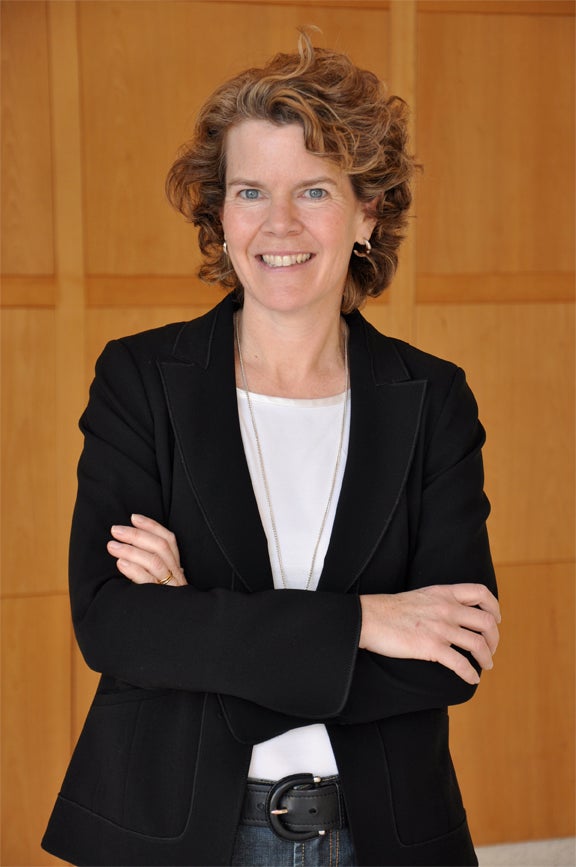Guest Blog Post By: R. Blake Young, President and CEO of Comverge
The complex task of managing peak energy demand is not something that should be addressed in a piecemeal fashion, and this is particularly true in the demand response industry. For reference, demand response (DR) balances supply and demand, providing peaking capacity to utilities without investments in new plants. DR incentivizes change in customer energy usage patterns to reward lower electricity use at times when system reliability is jeopardized or the price of electricity is higher.
While Comverge supports both residential and commercial and industrial (C&I) demand response programs, it’s important to remember that the residential sector is an incredibly valuable and essential part of any energy management program. The infographic below illustrates why residential demand response is so important to our nation’s energy mix. Read More














